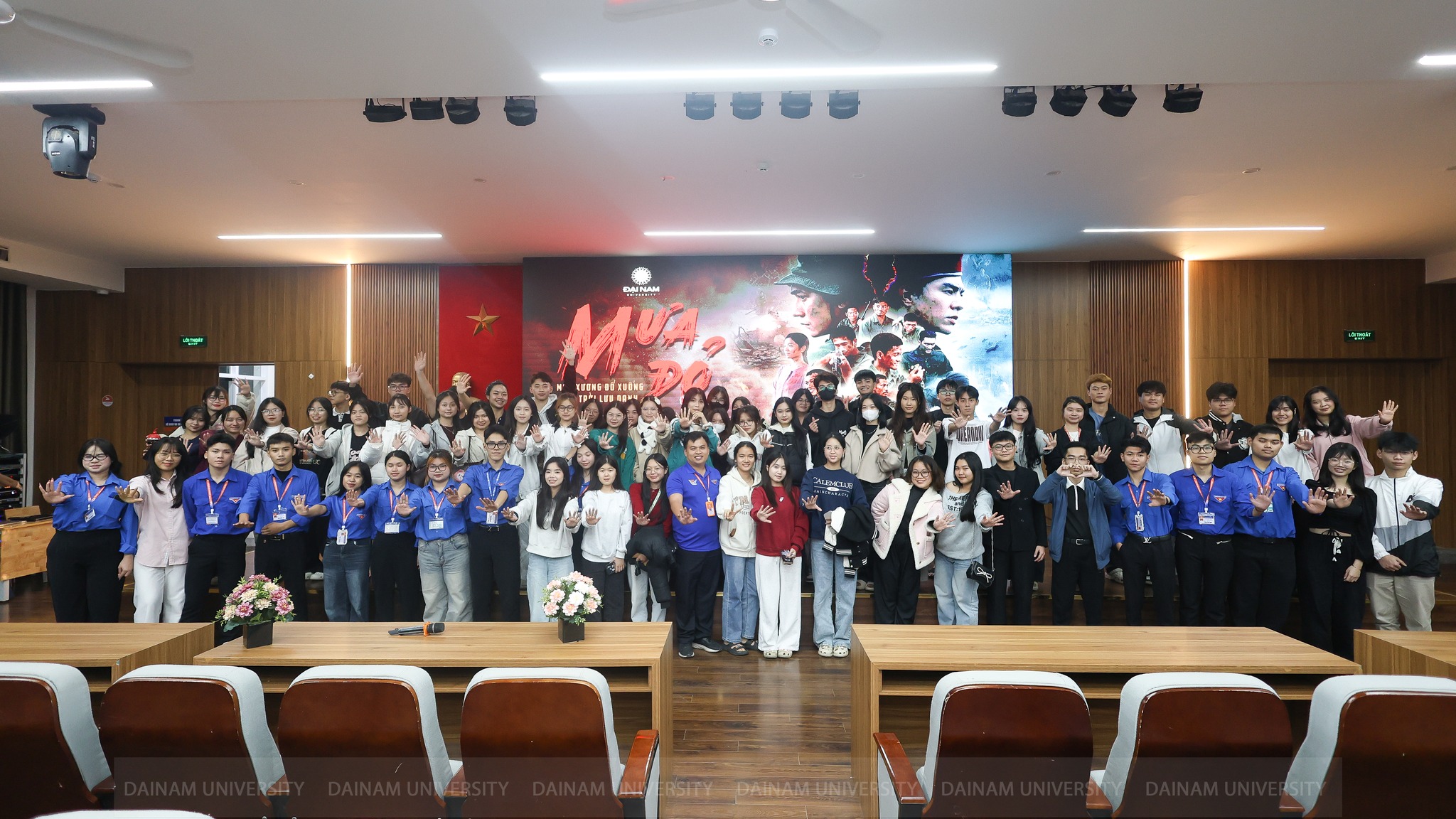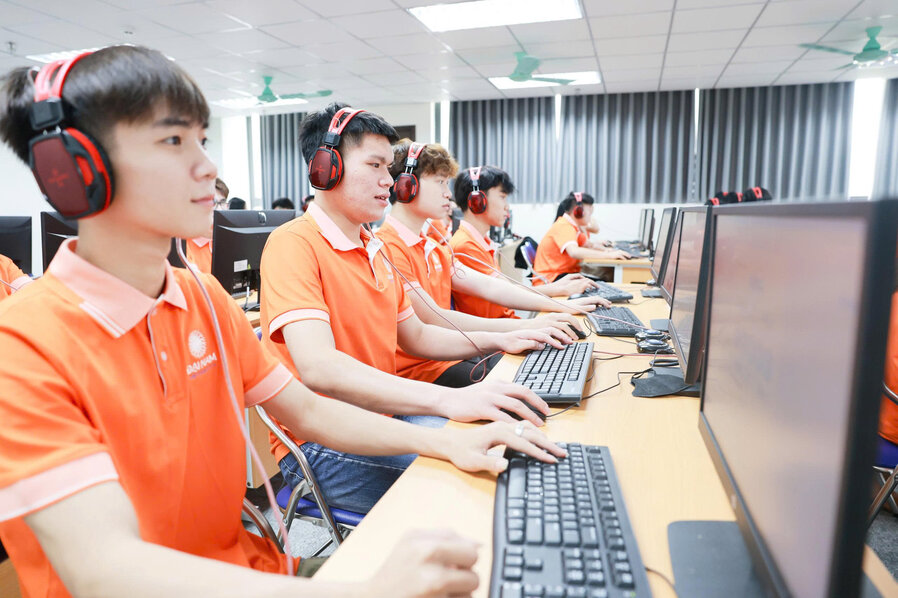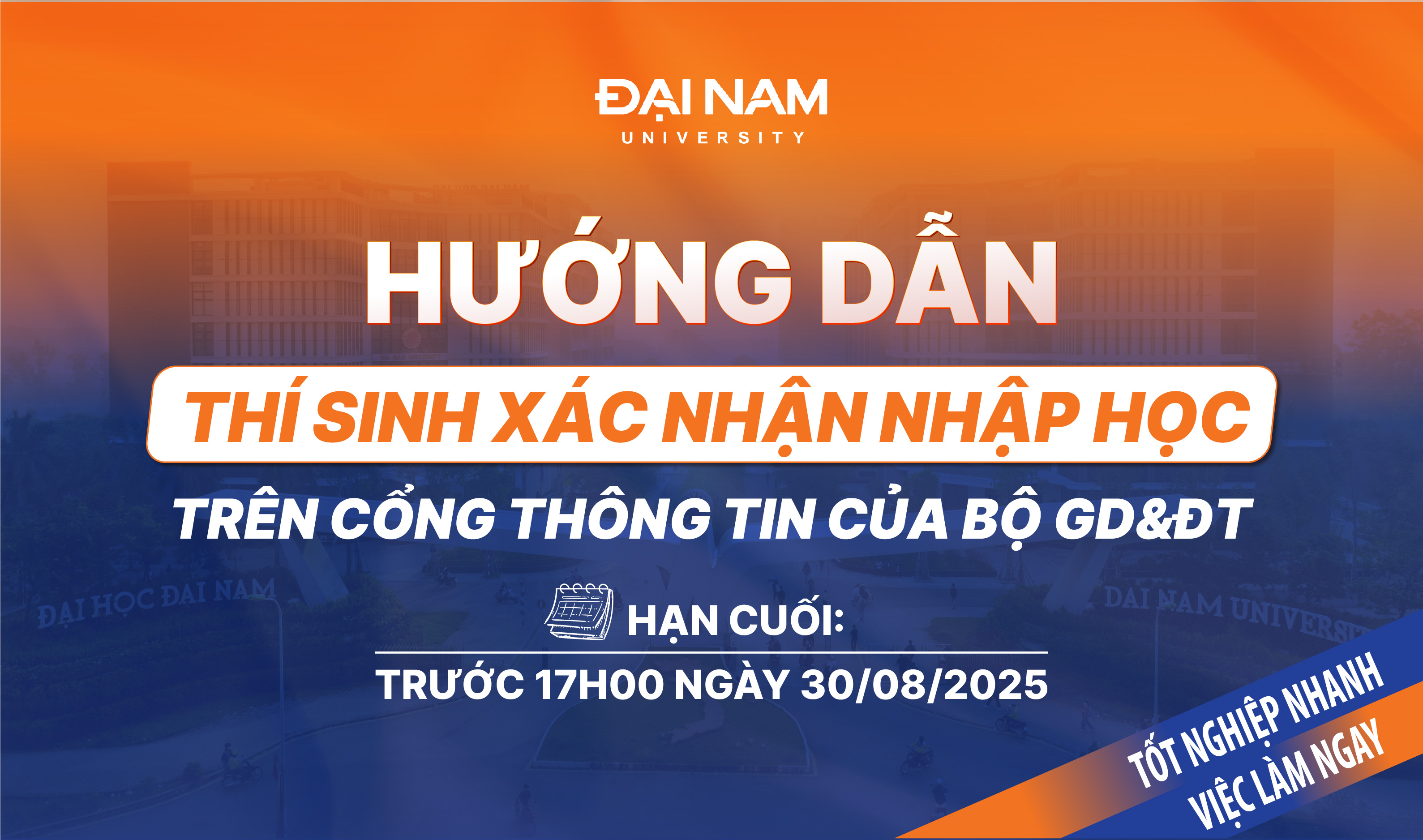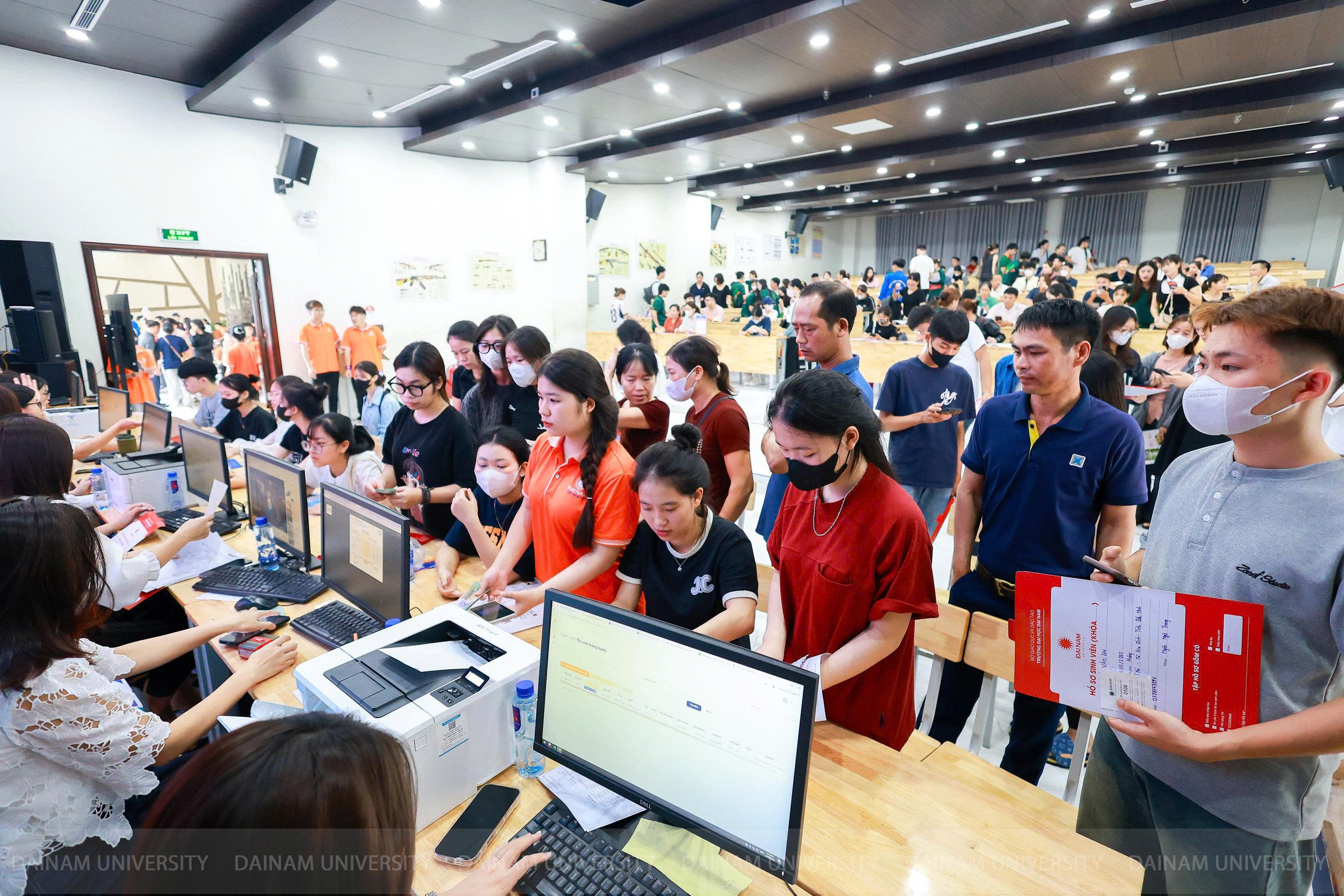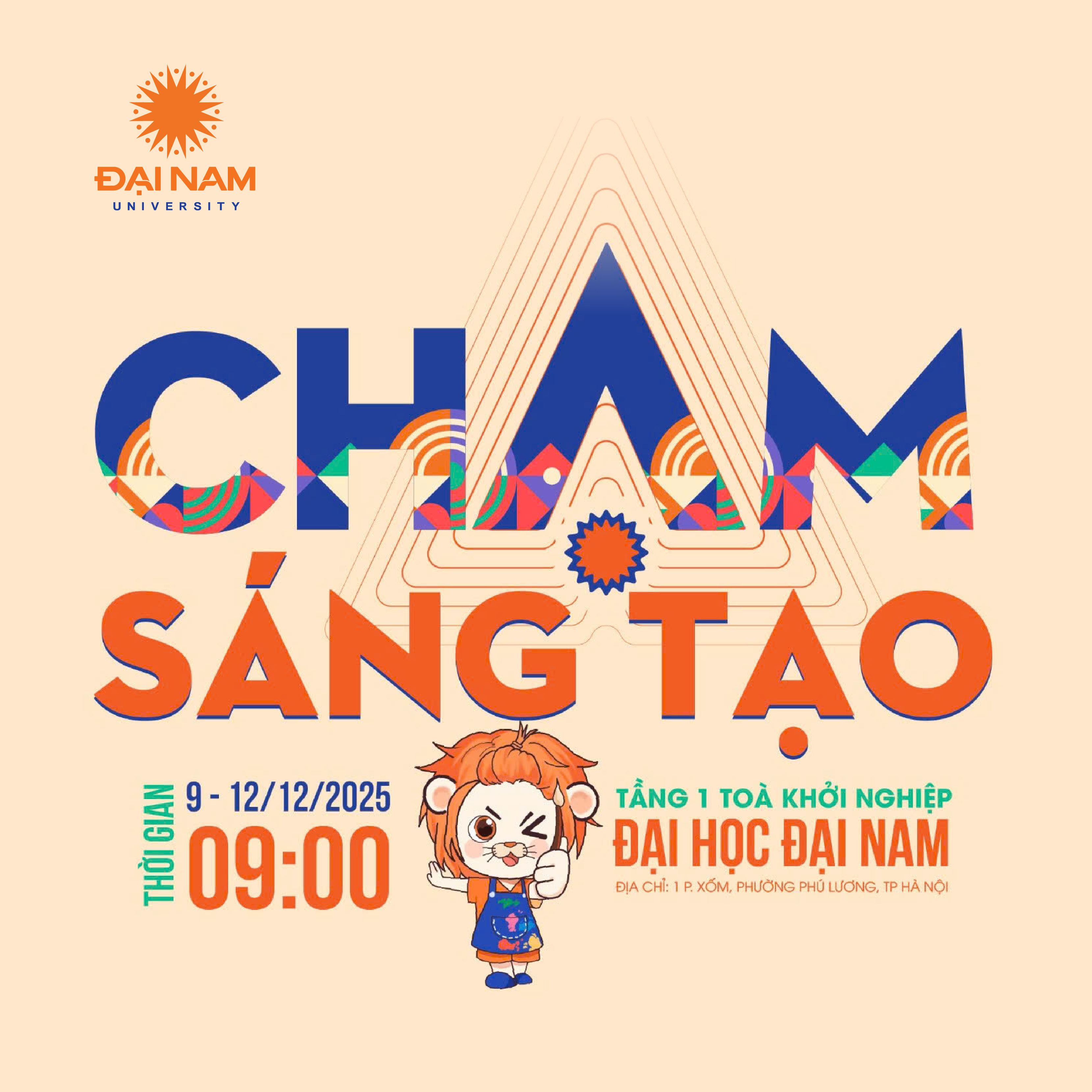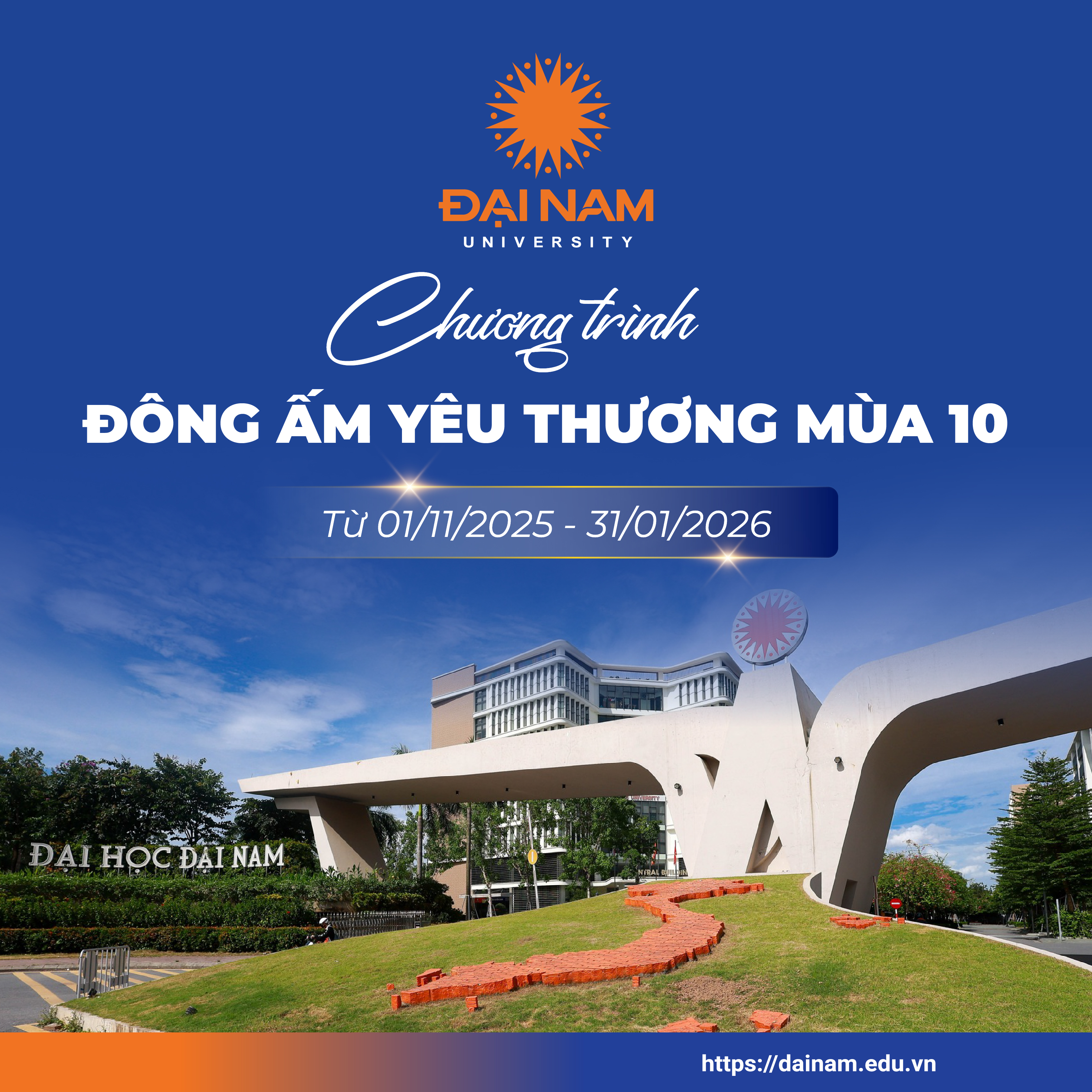Joint training enrollment suddenly "unleashed"

The Ministry of Education and Training has just announced a draft to amend and supplement a number of articles of the Regulations on joint training at college and university levels. According to this draft, the recruitment of joint training students is unexpectedly "untied" with two methods: entrance exam and selection.
Specifically, regarding the admission method, schools will create their own exam questions and organize the entrance exam. The entrance exam subjects include: basic subjects, basic subjects of the industry, and specialized or practical subjects and must be publicly announced in the school's admission announcement.
The school develops and promulgates the regulations on joint training admission. The school's regulations must not be contrary to the regulations on national high school exams and the regulations on regular university and college admission for regular joint training and the regulations on part-time admission for part-time joint training.
Regarding the admission method based on the results of the national high school exam of candidates taking the exam at the exam clusters chaired by the university, the school will announce the combination of subjects for admission to the corresponding majors; Candidates with results lower than the threshold to ensure the quality of regular university and college entrance exams will not be considered for admission.
One of the new points about the regulation on joint training included in the draft is the direct admission. The draft states that people with a good intermediate degree or higher or people with a good intermediate degree but have at least 2 years of working experience in the field or profession they have been trained in, with a cultural level that meets the regulations, are directly admitted to the same field at the college level;
People with a secondary school diploma and winning one of the first, second or third prizes in national vocational competitions, with a cultural level meeting the regulations, are admitted directly to college to study a major or profession suitable to the profession in which they won the prize.
The draft also amends and supplements a number of points on the conditions for organizing joint training. Specifically, to be able to organize joint training, a higher education institution must have a decision assigning the task of opening a training major and have at least 1 graduating class of college or university level in the form of regular training for the major planned for joint training.
The management solution of the Ministry of Education and Training after "untying" the enrollment will be to tighten the quota. The draft states that the enrollment quota for regular inter-university programs is within the total The school's regular enrollment quota; the enrollment quota for part-time work-study programs is included in the school's total enrollment quota for part-time work-study programs. The enrollment quota for regular full-time work-study programs is determined according to the quota of each training major, not exceeding 15% of the quota for health science majors and not exceeding 20% of the quota for other majors .
The medical industry is only allowed to provide formal training.
The draft also adds regulations on the organization of joint training. Accordingly, joint training in the form of work-study is not applied to the majors of General Medicine, Dentistry, Traditional Medicine, Preventive Medicine, and Pharmacy at college and university levels.
Regarding the diploma conditions for the joint exam, the draft introduces some new points such as those who graduate from secondary school but do not have a high school diploma must study and be recognized as having completed cultural subjects in the high school education program according to regulations of the Ministry of Education and Training.
People with a degree in Physician or General Practitioner are eligible to apply for university-level training in the fields of General Medicine, Traditional Medicine, and Preventive Medicine. People with a secondary or college degree in the health sector are eligible to apply for university-level training in the fields of Nursing, Midwifery, Public Health, and Medical Technology.
